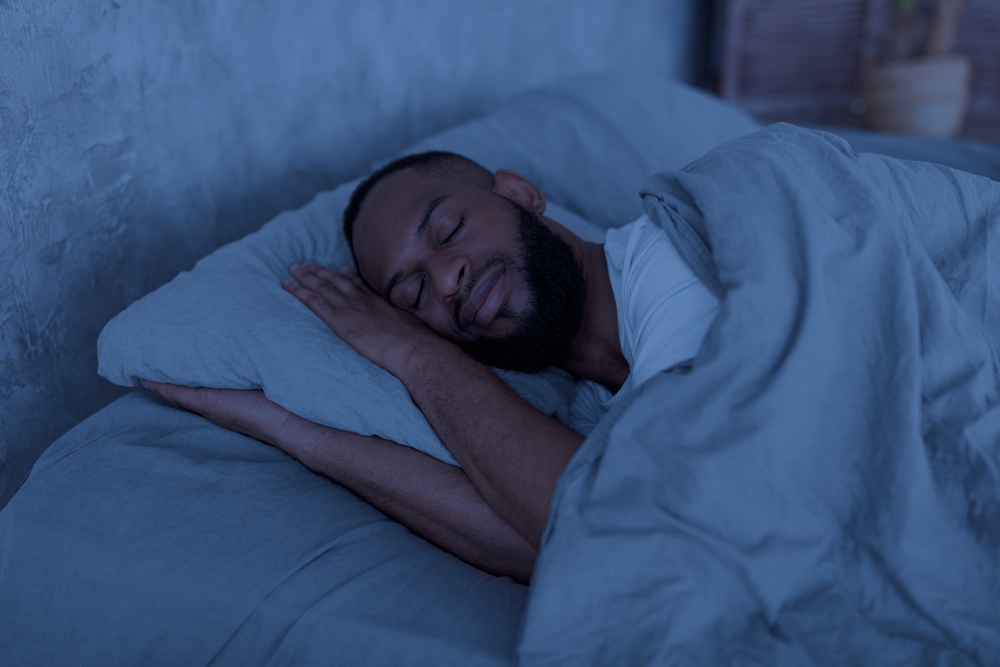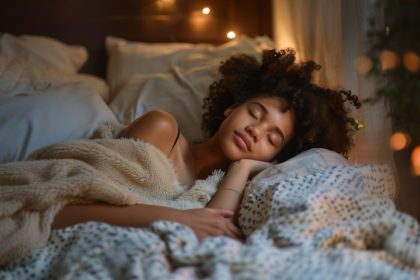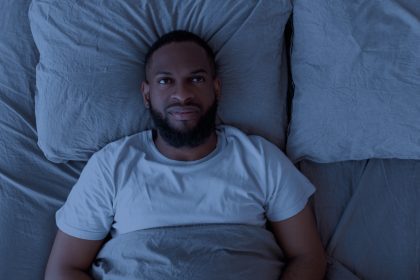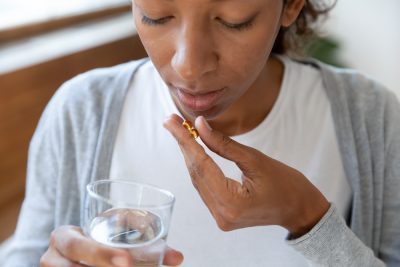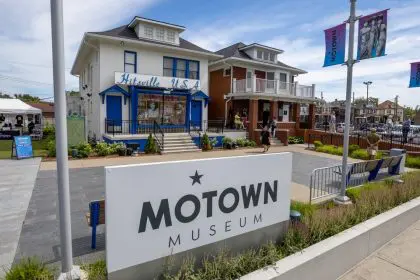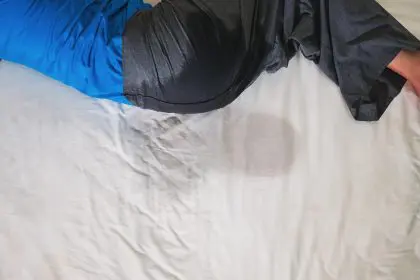You’ve probably been told a thousand times to banish blue light from your bedroom. Toss out those LED bulbs. Enable night mode on every device. Buy those amber glasses that make you look like a 1970s ski instructor. But what if the conventional wisdom about blue light isn’t telling the whole story? The relationship between light and sleep is far more nuanced than the typical “blue light bad” headlines suggest.
While there’s truth to the warnings about blue light disrupting your sleep, there are also surprising ways that strategic exposure to this wavelength might actually help reset your sleep cycle and improve your overall rest quality. Let’s explore the complete picture of how blue light influences your sleep patterns and how you might harness it rather than simply avoiding it.
The timing factor nobody talks about
Morning blue light exposure might be the missing piece in your sleep puzzle. While evening blue light suppresses melatonin and delays sleep onset, morning exposure to this same wavelength has the opposite effect on your circadian rhythm. That bright, blue-rich light signals to your brain that it’s definitively daytime, helping to anchor your internal clock and set up a proper sleep-wake cycle.
This timing distinction explains why some people struggle with sleep despite eliminating all evening blue light. Without sufficient morning light exposure, your circadian rhythm lacks a strong daytime anchor point. The result is a weakened sleep-wake cycle that makes both falling asleep and waking refreshed more difficult. Your body essentially needs the contrast between daytime blue light exposure and evening darkness to maintain proper circadian timing.
Researchers studying delayed sleep phase syndrome—a condition where people naturally fall asleep and wake very late—have found that controlled morning blue light therapy can effectively reset these delayed patterns. A specialized light box used for just 15-30 minutes each morning has helped shift sleep timing earlier, allowing people to fall asleep at conventional hours. This treatment works precisely because blue light is such a powerful circadian regulator when used at the right time.
The intensity equation that changes everything
The power of blue light depends dramatically on its brightness, a factor often overlooked in sleep discussions. Low-intensity blue light, like that from a distant LED clock or indicator light, has minimal impact on melatonin production compared to the high-intensity blue light from phones, tablets, and overhead lighting. This intensity difference creates opportunities for strategic bedroom lighting that won’t disrupt your sleep.
Dim blue-containing lights placed away from your direct line of sight can provide enough illumination for nighttime navigation without significantly affecting your melatonin levels. This practical application allows for safety and convenience without forcing you to stumble around in pitch darkness or use disorienting red lights that make your bedroom look like a photography darkroom.
The threshold effect of blue light means there’s likely a personal “safe zone” of exposure that won’t meaningfully impact your sleep. Factors like individual sensitivity, distance from light sources, and the specific wavelengths emitted all influence whether bedroom lighting will actually disrupt your sleep hormones. This complexity explains why some people sleep perfectly well with certain blue-containing lights while others are sensitive to even minimal exposure.
The adaptation mechanism many overlook
Your visual system actually adapts to blue light exposure over time, potentially reducing its sleep-disrupting effects. Studies suggest that consistent exposure patterns allow your body to anticipate and adjust to regular light signals, potentially minimizing their impact on melatonin when they become predictable parts of your routine. This adaptation capability explains why some people report sleeping well despite regular evening screen use.
This built-in adjustment system means that maintaining consistent lighting patterns in your bedroom might be more beneficial than radically changing your environment each night. Your body craves predictability, and a bedroom lighting routine—even one that includes some blue wavelengths—may support better sleep than constantly varying conditions that prevent your system from establishing regular patterns.
The adaptation response also explains why vacation and travel so often disrupt sleep—you’re suddenly exposed to entirely new lighting environments that your body hasn’t adapted to process. Your bedroom at home, with its familiar light patterns that your system has adjusted to over time, often supports better sleep despite potentially containing some blue wavelengths that sleep experts would theoretically warn against.
The individual differences that matter most
Age significantly changes how blue light affects your sleep biology. As we age, our eyes naturally develop a yellowing of the lens that filters out increasing amounts of blue light before it reaches the photoreceptors that influence melatonin production. This means the same bedroom lighting has dramatically different effects on a 20-year-old versus a 60-year-old, with older adults often experiencing less sensitivity to moderate blue light exposure.
Genetic variations in melanopsin—the photopigment that responds most strongly to blue light—mean some people are naturally more or less sensitive to its sleep-disrupting effects. These genetic differences can make standard sleep advice frustratingly ineffective for certain individuals. Someone with high blue light sensitivity might struggle even with minimal exposure, while another person with lower sensitivity might sleep perfectly well despite significant blue light in their environment.
Previous light exposure patterns throughout the day dramatically influence how evening blue light affects your sleep. Someone who spends their day in bright, natural sunlight typically experiences less disruption from evening blue light compared to someone who stays in dim indoor lighting all day. This cumulative exposure effect means bedroom lighting recommendations should really account for your entire day’s light pattern rather than focusing exclusively on the bedroom environment.
The complete picture of blue light and sleep suggests that thoughtful management rather than complete avoidance might be the wiser approach. By understanding the timing, intensity, adaptation, and individual factors at play, you can make more nuanced decisions about your bedroom lighting that support quality rest without unnecessary restrictions. Perhaps it’s time to reconsider whether those blue wavelengths deserve their universally villainous reputation after all.

